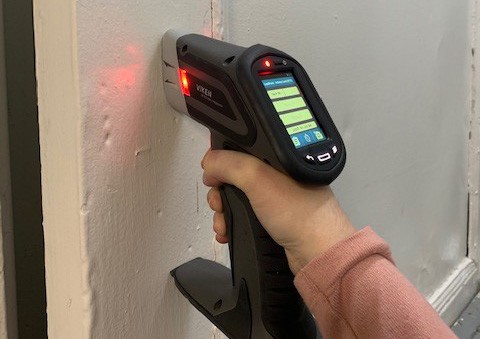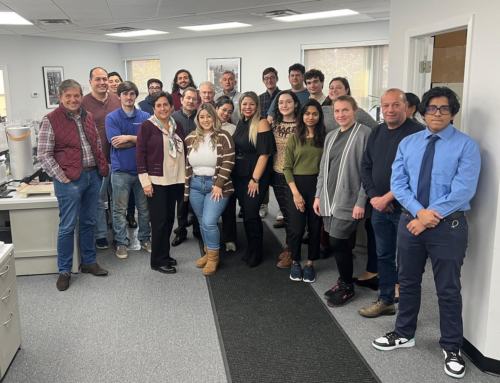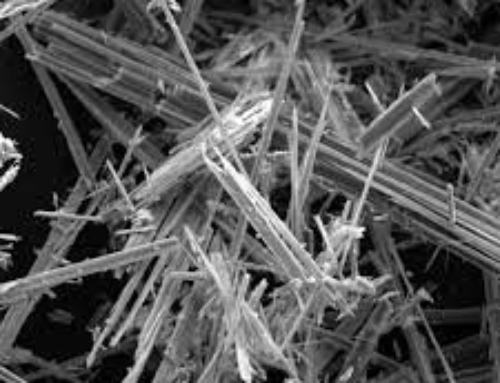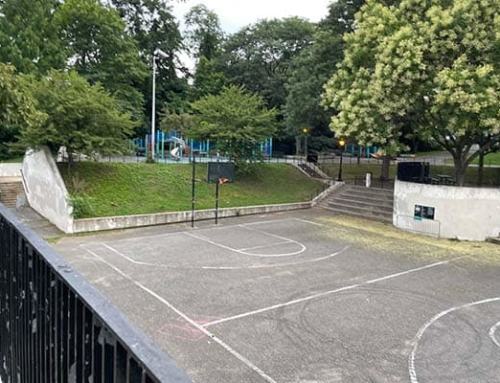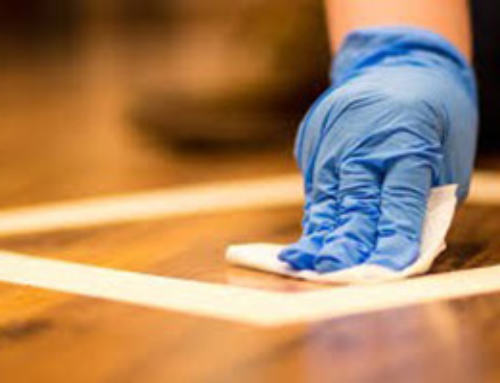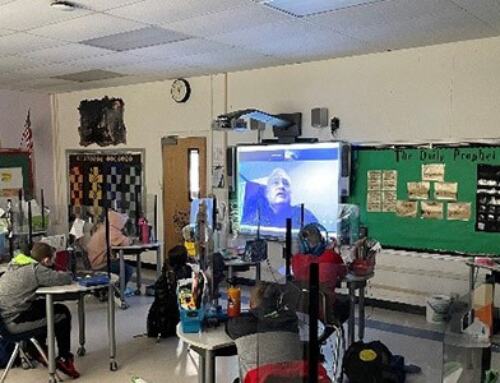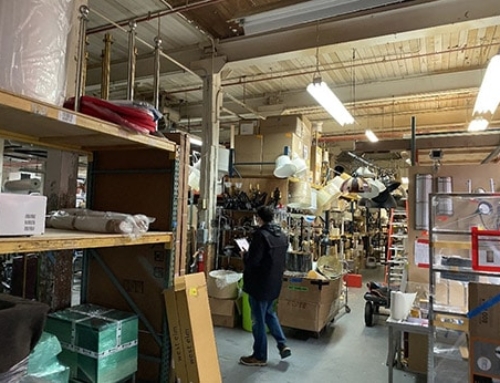Local Law 31 – A Hard Deadline for NYC Lead Testing
On August 9th, NYC passed Local Law 31 of 2020, strengthening NYC lead prevention laws and precedents set by Local Law 1 of 2004. Local Law 1 was initially implemented to eliminate childhood lead based paint hazards. This new law outlines several new requirements for lead paint testing in residential units, including a mandate that full XRF inspections be completed by US EPA-certified third party inspectors within two specific timelines, either within five years of August 9, 2020, or within one year of a child under six moving into the unit. The inspection should be completed depending on whichever instance comes first. An XRF inspection is a surface-by-surface investigation to determine the presence or absence of lead-based paint via XRF analyzer.
Athenica Environmental Services is prepared to assist in all of your lead paint inspection needs. For more information please contact Juraj Bardiovsky, Project Manager in our Lead Department.
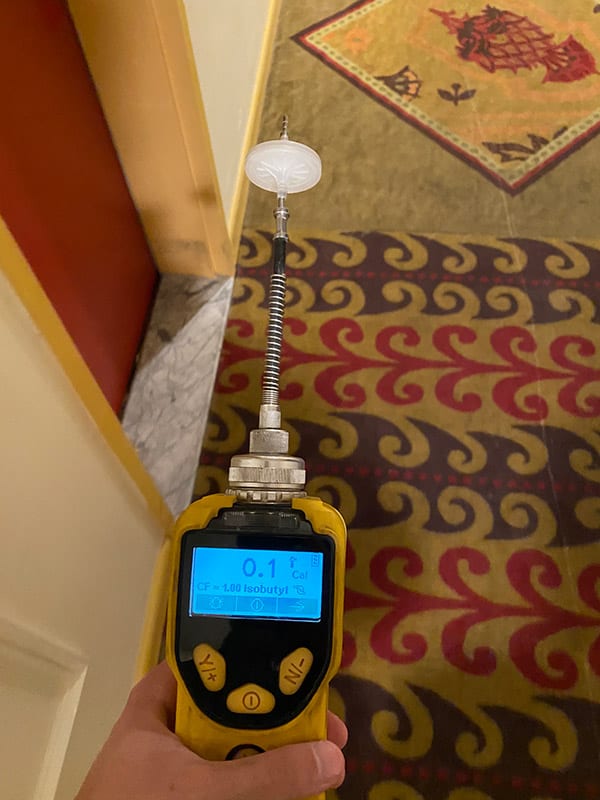
Indoor Air Quality Assessments
Athenica has recently implemented indoor air quality (IAQ) assessments at several locations throughout the New York City area. The assessments were conducted for variety of reasons, including evaluation of indoor air quality at several spaces to be used as day care centers; investigation of the potential for vapor intrusion from off-site contaminant sources (previously identified by Athenica during environmental due diligence programs); confirmation that vapor intrusion mitigation measures were effective at improving indoor air quality; and in response to health complaints from building occupants.
While the scope of work will vary depending on the site and purpose of the assessment, several steps are common to each IAQ investigation. The first of these items is an inspection of the area(s) of interest, to identify locations where mold may be present, and to identify potential sources of volatile organic compounds (VOCs), including cleaners and disinfectants used at the site or fresh paint, which could explain the site issues or influence the sample results. Our inspections are conducted in accordance with New York State Department of Health guidance and always include screening of the area(s) of concern and background locations using a photoionization detector (PID) to measure total VOC levels. In some cases, the screening will also utilize a multi-gas meter to measure ambient hydrogen sulfide, methane, carbon monoxide, and carbon dioxide concentrations.
Each assessment will also include the collection of samples for laboratory analysis. Samples will typically be analyzed for a wide range of VOCs (including petroleum-related compounds and chlorinated VOCs, such as dry cleaning solvents), and may also be analyzed for other parameters of potential concern (e.g., formaldehyde, mold, etc.), where warranted. Analytical and screening results are evaluated in accordance with applicable guidance and in comparison to background levels, to assess whether the detected levels represent a potential concern. Our findings are documented in a written report.
Do you have questions or concerns about indoor air quality at your building? We can help! Please contact Kenneth Wenz, Senior Project Manager in our HazMat division, for more information.

